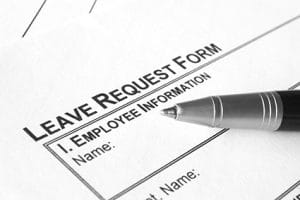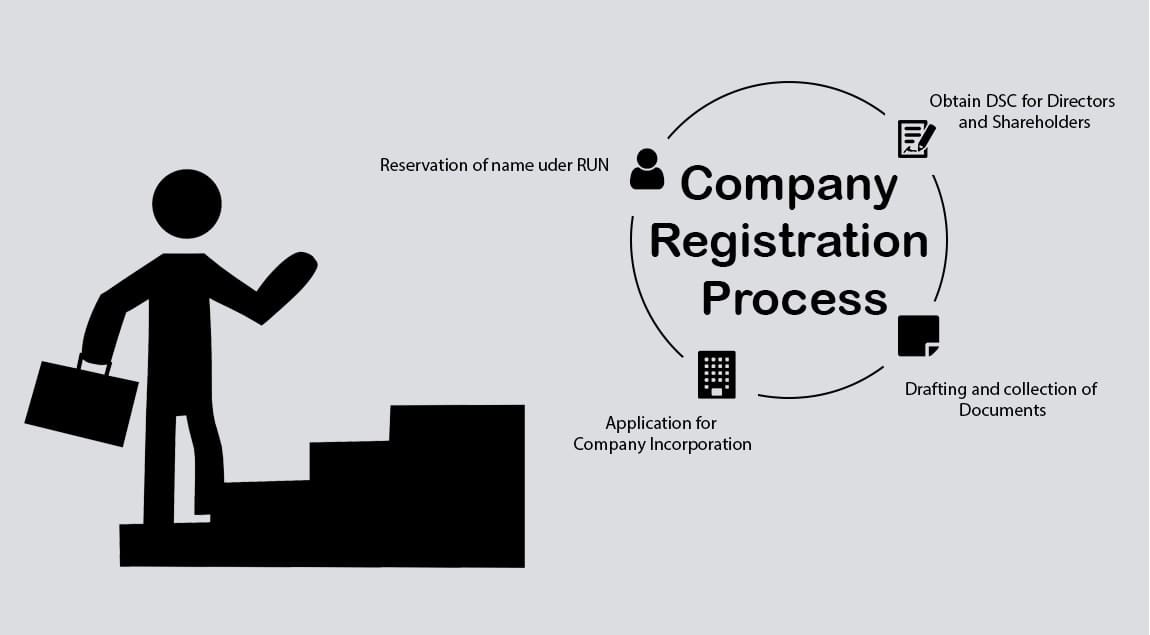
EMPLOYEES RIGHTS – The Stabit Advocates Guide on some of what you need to know!

HERE IS ALL YOU NEED TO KNOW ABOUT THE VARIOUS FORMS OF EMPLOYMENT LEAVES BY ONE OF THE BEST LAWYERS IN RWANDA
The different forms of leave as provided for under the Rwandan law are annual leave, sick leave, maternity leave and coincidental leaves. Hereunder we provide a description of each and what they entail.
- ANNUAL LEAVE
An employer must provide an employee with annual leave of one and a half working days per month of work. The total annual leave days total up to 18 days per year of work. However, an employed child aged 16 and older but younger than 18 years of age must be given two working days of leave per month of work.
An employee is entitled to one additional working day per year of annual leave for every three years of experience in the same enterprise. In other words, after completion of three years of work in the same enterprise, an employee is entitled to 19 days of annual leave in the following year. Nevertheless, annual paid leave in any case, cannot exceed 21 working days of paid annual leave.
A newly recruited employee is entitled to annual leave after completion of one year of work inclusive of probation period. It is worth pointing out that an employee on annual leave continues to have the rights accruing from his or her contract.
- Annual leave Schedule
The annual leave schedule is drawn up by the employer with due regard to the wish of the employee and the need for maintaining the normal functioning of the enterprise.
An employee wishing to go on leave must make a written request to the employer who in turn responds in writing.
It also suffices to mention that the annual leave schedule approved by the employer cannot be postponed or preponed by the employer for more than a three (3) months period unless it is so agreed between the employer and employee.
In addition, please be advised that an employer can allow an employee to go on his or her annual leave in two (2) phases. Therefore may it be noted that annual leave can either be taken at once or in two phases.
- Interruption of Annual Leave
Due to work interests, an employer can require an employee who is on leave to return to work before completion of the leave period. Such call back does not waive the employee’s right to his or her remaining annual leave days and such leave can be resumed within six (6) months.
- Prescription of annual leave
The right to request for annual leave expires in a period of two (2) years counted from the date the employee had the right for leave. This means that in the event that an employee does not request for leave within a period of two years, then such an employee loses his or her right to annual leave.
- MATERNITY LEAVE
A female employee who has given birth is entitled to a maternity leave of atleast twelve (12) consecutive weeks of which atleast two (2) weeks of this period can be enjoyed by the female employee prior to delivery.
The contribution for maternity leave benefits is equal to (0.6%)of the salary to which the contribution is subscribed. In that same regard, the employer and employee each contribute 0.3% of the salary to which the contribution is subscribed.
- SICK LEAVE
- Short-term sick leave
An employer grants an employee a short-term sick leave not exceeding fifteen (15) days for reasons of sickness ascertained by a recognized medical doctor. It is imperative to mention that, for an employee to benefit from the short-term paid sick leave, he or she must present to the employer a medical certificate signed by a recognized medical doctor justifying the employee’s inability to work.
- Long-term sick leave
It suffices to mention that when a sick leave exceeds fifteen (15) days while ascertained by a medical committee composed of three (3) recognized medical doctors, an employer grants an employee a long-term sick leave that cannot exceed six (6) months.
In this regard, an employee on a long-term sick leave is entitled to his or her full salary during the first three (3) months of leave. In addition, an employee who has been on a payable sick leave for three (3) months has a right to a non payable work suspension for three months. It is worth pointing out that if an employee remains sick three (3) months after the suspension of work, the employer can terminate the employment contract in accordance with the labour law provisions.
- CIRCUMSTANTIAL LEAVE
An employee has the right to circumstantial leave and to his full salary in case of fortunate or unfortunate events that have occurred in his family;
The reasons for circumstantial and related leaves include the following;
- Worker’s civil wedding: two (2) working days
- Worker’s wife delivery: four (4) working days
- Death of Spouse: six (6) working days
- Death of first direct line ascendants / descendants: three (3) working days
- Death of a brother or a sister: two (2) working days
- Death of a father-in-law or mother-in-law : two (2) working days
- Death of a brother-in-law or sister-in-law: one (1) working day
- Worker’s transfer to another province or district: two (2) working days
Timing of a circumstantial leave
A circumstantial leave is taken at the moment of the related incident. If at same time the employee is entitled to another kind of leave, this one is suspended until the last day of the circumstantial leave.
At Stabit Advocates, our team of Professionals is ready 24/7 to assist you with any labour law issues you might have. Don’t hesitate to reach out to us using the contact details indicated hereunder;
Drafted and Drawn by;
Stabit Advocates Rwanda
Email: info@stabitadvocates.com
Tel: +250789366274
Website: www.stabitadvocates.com
The Best Law Firm In Rwanda



